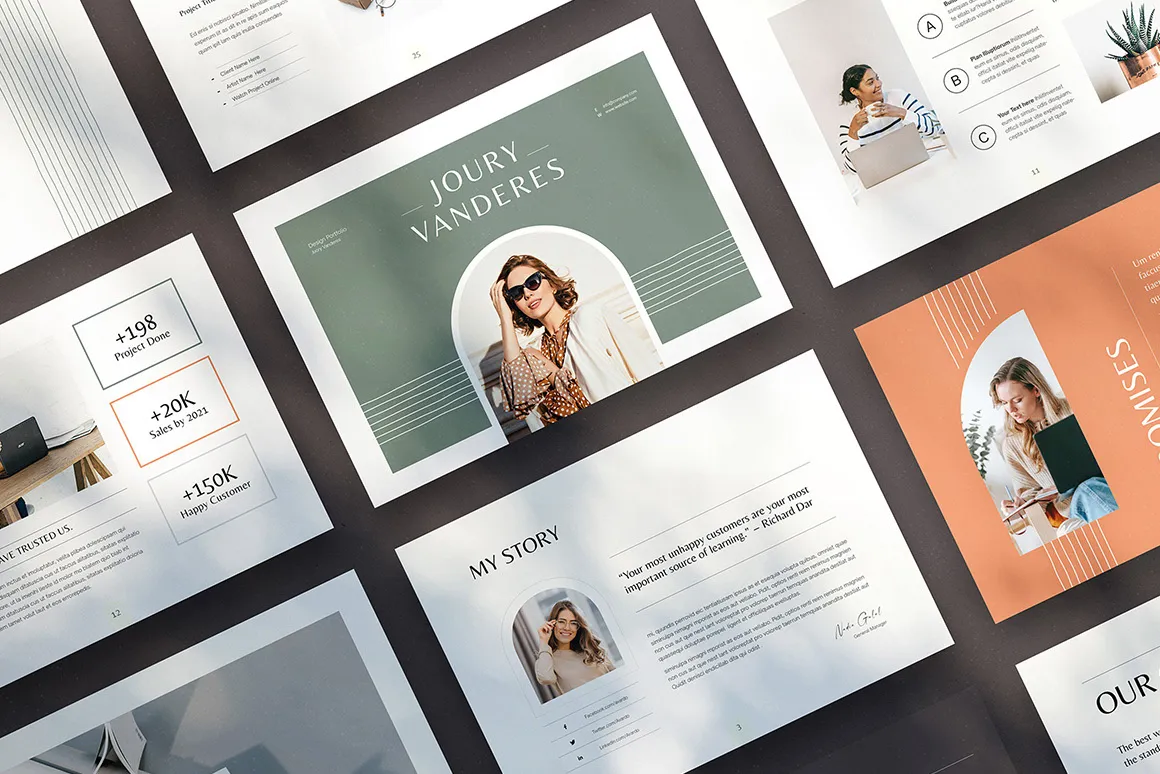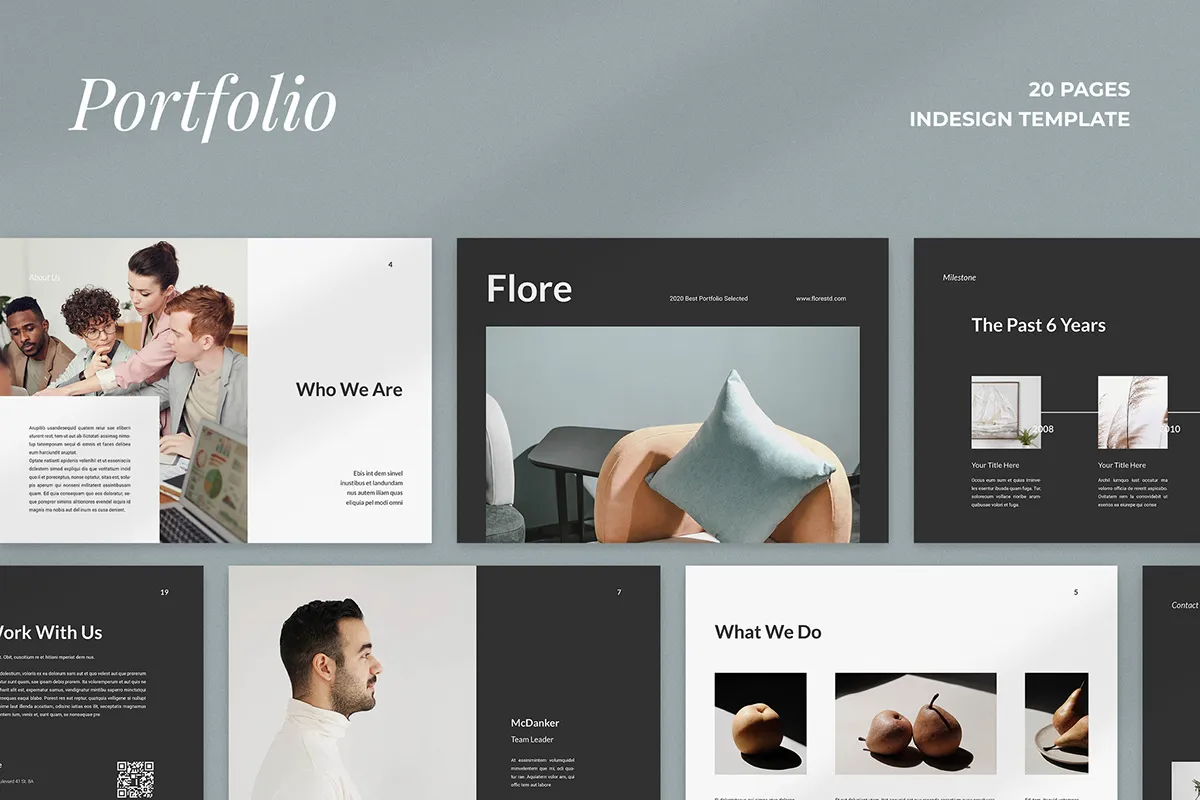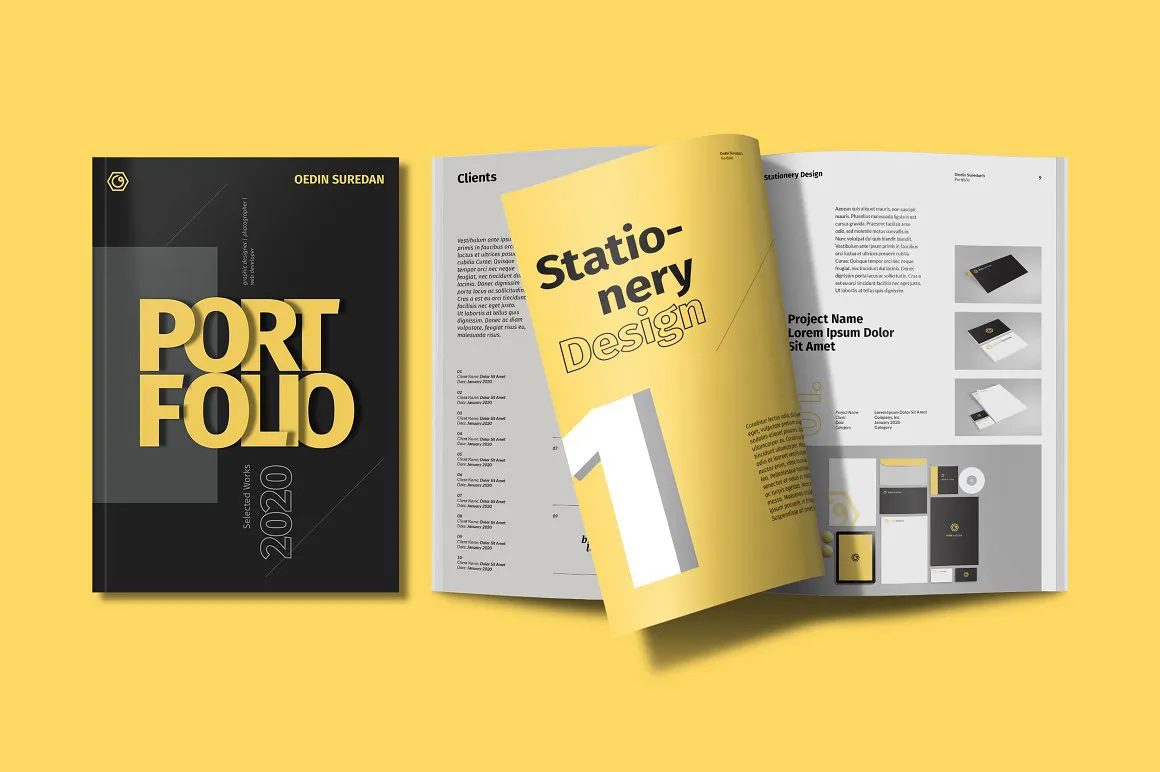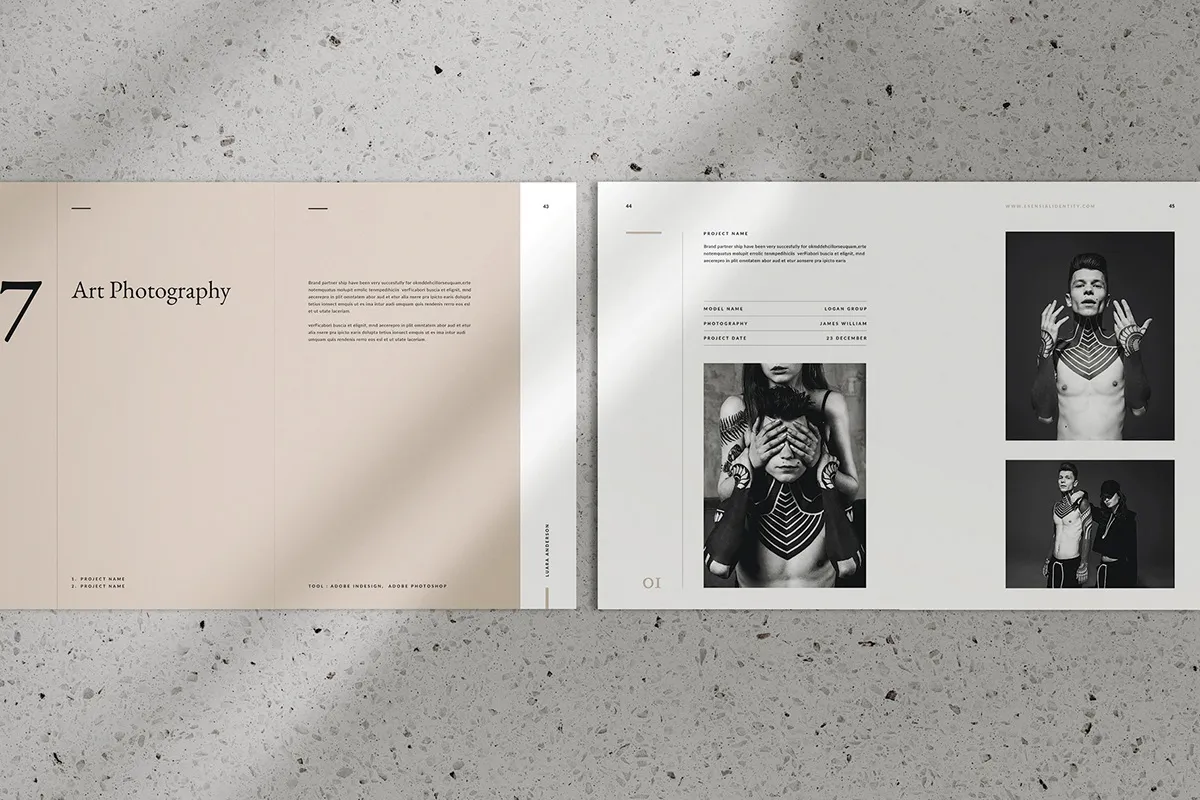In today’s digital age, showcasing your skills and creativity is more crucial than ever. Behance, a platform owned by Adobe, serves as a vibrant online community where creatives from various fields can display their portfolios. Whether you’re a graphic designer, illustrator, photographer, or even an architect, having a well-crafted portfolio on Behance can significantly boost your visibility and opportunities. This platform not only allows you to share your work but also connects you with potential clients, collaborators, and industry professionals.
Behance is not just about sharing your projects; it’s about building a personal brand. By curating your best work and presenting it in an engaging manner, you can highlight your unique skills and style, helping you stand out in a competitive market. It acts as a showcase that can lead to job offers, freelance opportunities, and networking connections. In essence, Behance is a powerful tool for any creative looking to make their mark.
Understanding Your Audience and Goals

Before diving into the nitty-gritty of portfolio creation, it’s essential to take a step back and understand your audience and what you aim to achieve. This clarity will guide your decisions and help you create a portfolio that resonates with the right people.
Identify Your Target Audience: Knowing who you want to reach is key. Ask yourself:
- Who are the professionals or clients I want to attract?
- What industries am I targeting?
- What level of experience do they have?
Once you have a clear picture of your audience, you can tailor your portfolio to appeal to them. For instance, if you’re aiming for tech startups, showcase projects that highlight your innovative designs and tech-savvy solutions.
Set Clear Goals: Your goals will shape the content and presentation of your portfolio. Consider these questions:
- Am I looking for freelance work?
- Do I want to attract full-time job offers?
- Is my aim to network and collaborate with other creatives?
By defining your goals, you can create a focused portfolio that showcases the work most relevant to your aspirations. Remember, a well-defined audience and clear goals can significantly enhance the impact of your portfolio on Behance.
Also Read This: Using WireImage for Event Promotion: A Guide for Marketers
3. Selecting the Right Projects to Showcase

When it comes to building a portfolio on Behance, choosing the right projects to showcase can make all the difference. Your portfolio is not just a collection of your work; it’s a narrative that tells potential clients and employers who you are as a creative professional. Here are some tips to help you select the most impactful projects:
- Quality Over Quantity: It’s better to showcase fewer projects that you’re proud of than to fill your portfolio with everything you’ve ever done. Aim for 5-10 projects that demonstrate your best work.
- Relevance to Your Target Audience: Think about the type of work you want to attract. If you’re aiming for a specific industry or client type, select projects that align with those interests.
- Diversity of Skills: Make sure to include a variety of projects that showcase different skills. This could include graphic design, illustration, photography, or whatever specialties you possess.
- Personal Projects Matter: Don’t shy away from personal projects! They can show your passion, creativity, and willingness to explore new ideas.
- Highlight Collaborative Work: If you've worked on collaborative projects, be sure to mention your role clearly. This helps demonstrate your teamwork abilities.
Ultimately, the projects you choose should resonate with you and reflect your personal style and professional aspirations. Take your time to pick those gems that will best represent your unique talents!
Also Read This: Creating a Telegram Account Without a Phone Number
4. Designing Your Portfolio Layout

Once you’ve selected the right projects, it’s time to think about the layout of your Behance portfolio. A well-designed portfolio can enhance the viewing experience and keep your audience engaged. Here’s how you can create a visually appealing layout:
- Consistency is Key: Use a consistent color scheme and typography throughout your portfolio. This creates a cohesive look and helps establish your brand identity.
- Effective Use of White Space: Don’t cram everything together. White space can make your portfolio feel more organized and easier on the eyes, allowing viewers to focus on your work.
- High-Quality Images: Ensure all images are high resolution. Poor image quality can detract from the professionalism of your portfolio.
- Interactive Elements: Consider adding interactive elements, like hover effects or animations. These can make your portfolio more engaging, but be careful not to overdo it!
- Easy Navigation: Ensure that it’s easy for viewers to navigate through your projects. Use clear headings and sections, and consider a grid layout that allows for easy browsing.
Remember, the design of your portfolio should enhance your work, not overshadow it. Aim for a layout that invites viewers in and encourages them to explore your creativity!
Also Read This: Breaking Free: A Guide on How to Cancel Adobe Stock
Incorporating Feedback and Iteration

Creating a stunning portfolio isn’t just a one-and-done deal; it's an ongoing process that thrives on feedback and iteration. Think of your portfolio as a living entity that grows and evolves over time. Here’s how you can effectively incorporate feedback and iterate on your work:
- Seek Constructive Criticism: Start by sharing your portfolio with trusted peers or mentors. Ask them specific questions about your work, such as clarity, visual appeal, or whether your skills are effectively showcased.
- Utilize Online Communities: Platforms like Behance, Dribbble, or even design forums can be goldmines for getting feedback. Post your work and invite comments from fellow creatives.
- Be Open to Change: Keep an open mind when receiving feedback. Not every piece of advice will resonate, but some may offer valuable insights that can enhance your portfolio.
- Iterate Regularly: Don’t wait for the “perfect” moment to update your portfolio. Make it a habit to revisit and refine your work every few months based on the feedback you receive and your own evolving style.
- Track Your Progress: Document changes you make and the feedback that prompted them. This practice not only helps you see how far you've come but also informs future adjustments.
Remember, the goal is to create a portfolio that not only showcases your skills but also reflects your growth as a designer. Iteration is key to achieving that!
Also Read This: How to Determine If You Have Been Blocked on LinkedIn
Promoting Your Portfolio on Social Media
Once you’ve crafted an impressive portfolio, the next step is to get it seen! Social media provides a fantastic platform to showcase your work and connect with potential clients or collaborators. Here’s how to effectively promote your portfolio:
- Choose the Right Platforms: Identify where your target audience hangs out. Instagram, LinkedIn, and Twitter can be great for creatives. Behance itself should be a primary focus as it’s tailored for showcasing design work.
- Create Engaging Content: Share snippets of your portfolio, behind-the-scenes processes, or even time-lapse videos of your projects. Engaging content attracts more eyes!
- Use Relevant Hashtags: Hashtags can amplify your reach. Research trending hashtags in your niche and incorporate them into your posts, like
#GraphicDesignor#PortfolioShowcase. - Engage with Your Audience: Respond to comments, ask for opinions, and encourage discussions around your work. Building a community around your art can lead to valuable networking opportunities.
- Collaborate with Others: Team up with fellow creators for joint projects or shout-outs. Collaboration can introduce your work to new audiences and expand your reach.
In today’s digital world, promoting your portfolio is just as crucial as creating it. So, roll up your sleeves and get ready to share your creative journey with the world!
Building an Effective Portfolio That Highlights Your Skills on Behance
Creating a standout portfolio on Behance is essential for showcasing your skills and attracting potential clients or employers. A well-structured portfolio not only highlights your best work but also communicates your personal brand effectively. Here are some key elements to consider when building your Behance portfolio:
- Choose Your Best Work: Select projects that best represent your skills and creativity. Aim for quality over quantity.
- Project Variety: Showcase a range of projects across different mediums and styles to demonstrate your versatility.
- High-Quality Visuals: Use high-resolution images and videos to present your work. Ensure that your visuals are well-lit and professionally edited.
- Detailed Descriptions: Write clear and engaging descriptions for each project. Include your role, the tools you used, and the challenges you faced.
- Process Documentation: Include sketches, drafts, or behind-the-scenes content to give viewers insight into your creative process.
- Consistent Branding: Use a cohesive color palette and typography throughout your portfolio to create a strong personal brand.
- Engage with the Community: Follow other creatives, appreciate their work, and participate in discussions to increase your visibility.
Additionally, consider the layout of your portfolio. A clean, intuitive design will make it easy for viewers to navigate and appreciate your work. Utilize Behance’s features like project tags and collections to enhance the discoverability of your portfolio.
In conclusion, by carefully curating your projects, maintaining high-quality visuals, and engaging with the Behance community, you can build an effective portfolio that not only highlights your skills but also sets you apart in a competitive field. Take the time to refine your portfolio regularly to reflect your growth and evolving skills.